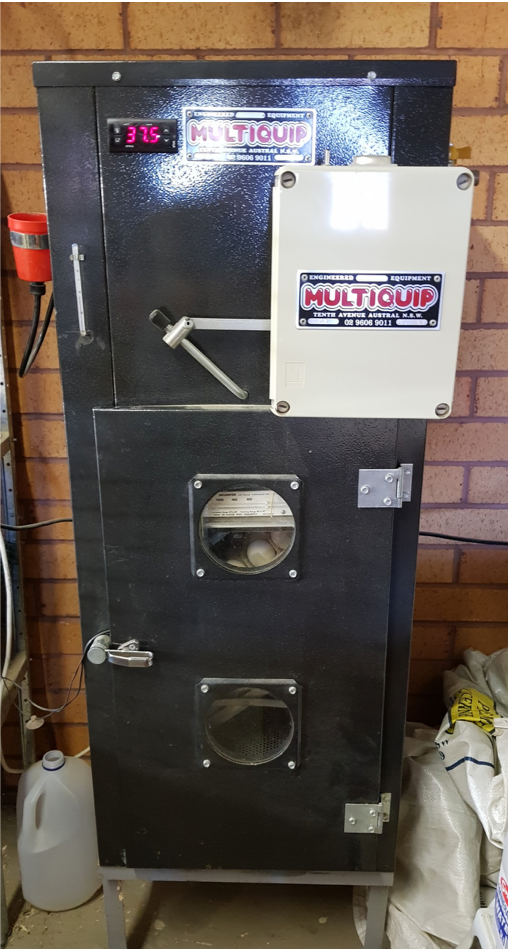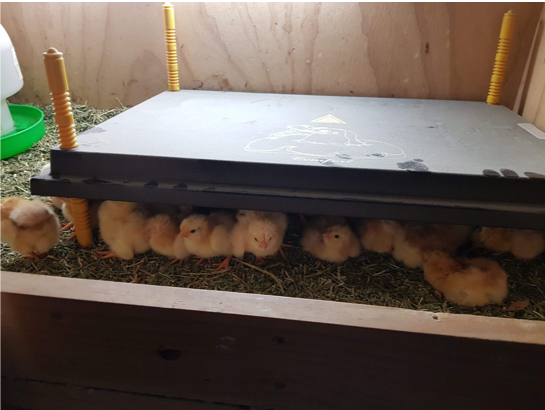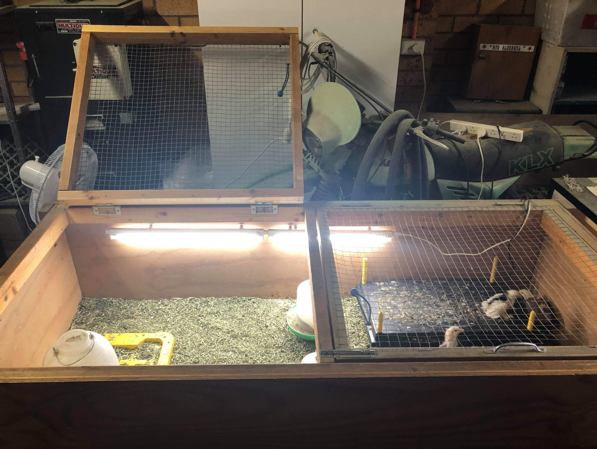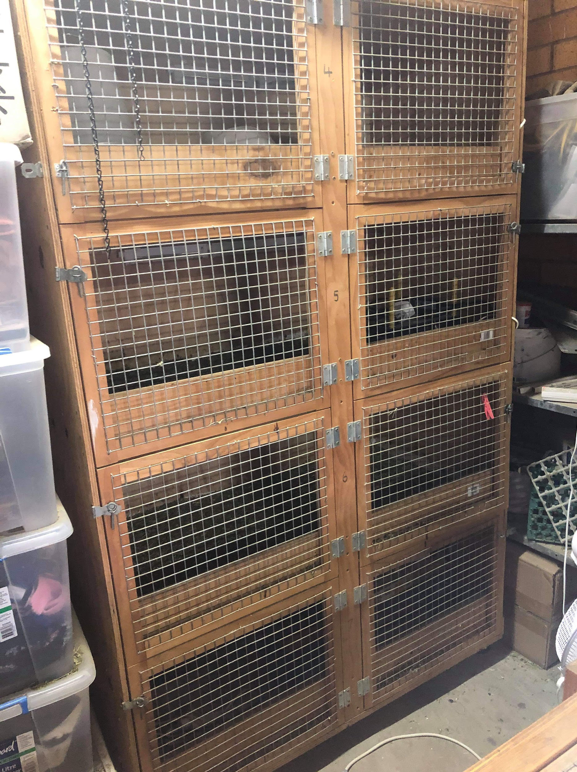Incubating and Hatching Chicks with Nathan Quayle
As I finish up my breeding season, I thought I would write a quick article about what I do when I am incubating and hatching the next generation of chickens. I do this in the spirit of sharing my learnings which might be helpful to others, noting that everyone has their own ways that work.

Incubating fertilised eggs
When it comes to incubators, I use both a Multiquip® E1 and an Rcom® MARU. The majority of the eggs I hatch are bantams so I run my incubators at 37.5 degrees and 40% humidity.
In my experience I have found that the best way to get the temperature accurate is to use a glass thermometer (see photo).

The Multiquip® has its own thermometer but the Rc Rcom® MARU doesn’t so we just attached a themometer with plastic twist ties so it hangs from the top of the hatcher and we can read the temperature easily through the door.
At this stage I also place non slip matting down and I have also made dividers for each hatcher using cheap plastic peg packets from the cheap shop (see photo). I have made each section the size I want and used cable ties to hold them together. This means that I can separate the eggs and I know exactly who they are from.
Hatching
I also use two separate hatchers, an Offspring® and an Rcom Maru® hatcher. Having two hatchers makes it easier for me to separate my eggs so that I know who the parents are.
At day 17 we set up the hatcher and run it at 37.5 degrees and 70% humidity. In my experience I have found that the best way to get the temperature accurate is to use a glass thermometer (see photo).
I lock the eggs down at day 18. Once I have moved the eggs from the incubator to the hatcher I don’t open the hatcher again, at least until the first chicks to hatch are fluffy and they need to come out. If there are still chicks hatching this is done very quickly so there isn’t a big drop in temp and humidity.

I have a brooder set up inside for the day olds and this is where they live for the first 5 days (see photo) and then they move to one of the brooders in the garage. Once they are fully feathered they are moved to the grower pens outside where they can be locked up at night but have plenty of room to play around during the day.


This is just how I do things during breeding season and may not necessarily be the best way, but it is the best way for me. So now I get the fun job of watching them grow and sorting out who stays and who goes.
-Nathan Quayle

